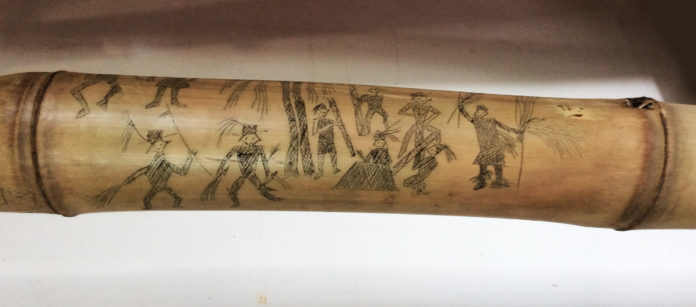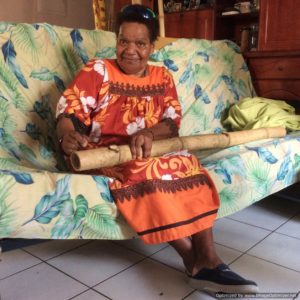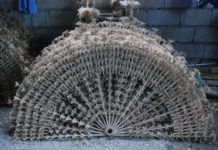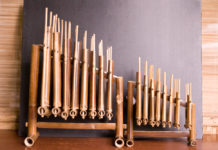
Engraved bamboo is called kârè e tä in the ajië language spoken in the customary area Ajië-arhö (Houailou – Poya – Bourail- Moindou)
Traditionally used as containers or for making varied objects intended for adornment, music, fishing and war, bamboos are more recently used as travelling sticks, protection objects with magic herbs placed inside.
 The engraving on bamboo practised in New Caledonia is distinguished by its stylistic, figurative and descriptive characteristics. It can be used as an aide-mémoire, a medium for narrating or passing something on, and a toponymic marker. It is a transitional art that is both functional and symbolic. It is developed by colonisation and carried out initially by men.
The engraving on bamboo practised in New Caledonia is distinguished by its stylistic, figurative and descriptive characteristics. It can be used as an aide-mémoire, a medium for narrating or passing something on, and a toponymic marker. It is a transitional art that is both functional and symbolic. It is developed by colonisation and carried out initially by men.
The bamboos (Bambusa spp.), in varying sizes, are engraved with geometric and figurative designs cut with the grain, using ends of crustaceans pincers, slivers of stone or pieces of quartz, then metal blades or spikes, and greased and coated in soot or carbonised candlenuts.
Contemporary production is reformulating the practice. It has been encouraged in art training workshops and revived from the 1990s onwards through processes such as pyrography and engraving with a spike, knife or cutter, and reinterpreted through various media, such as paper, canvas, fibre, wood or stone, and techniques such as acrylic painting or ink. Today, as in the past, it illustrates traditional life, and reconstructs contemporary realities and mutations.
Occasionally practised for artistic purposes, the art of engraving on bamboo is passed on in the school environment and through artist residencies and introductory workshops organised by the Musée de Nouvelle-Calédonie (Museum of New Caledonia), centre culturel Tjibaou (Tjibaou Cultural Centre) as well as municipal and provincial cultural centres in the Interior and on the Loyalty Islands. Objects made long ago are exhibited at the Musée de Nouvelle-Calédonie, whilst contemporary pieces are exhibited and marketed in galleries, at cultural and artistic events, country fairs and local markets.




